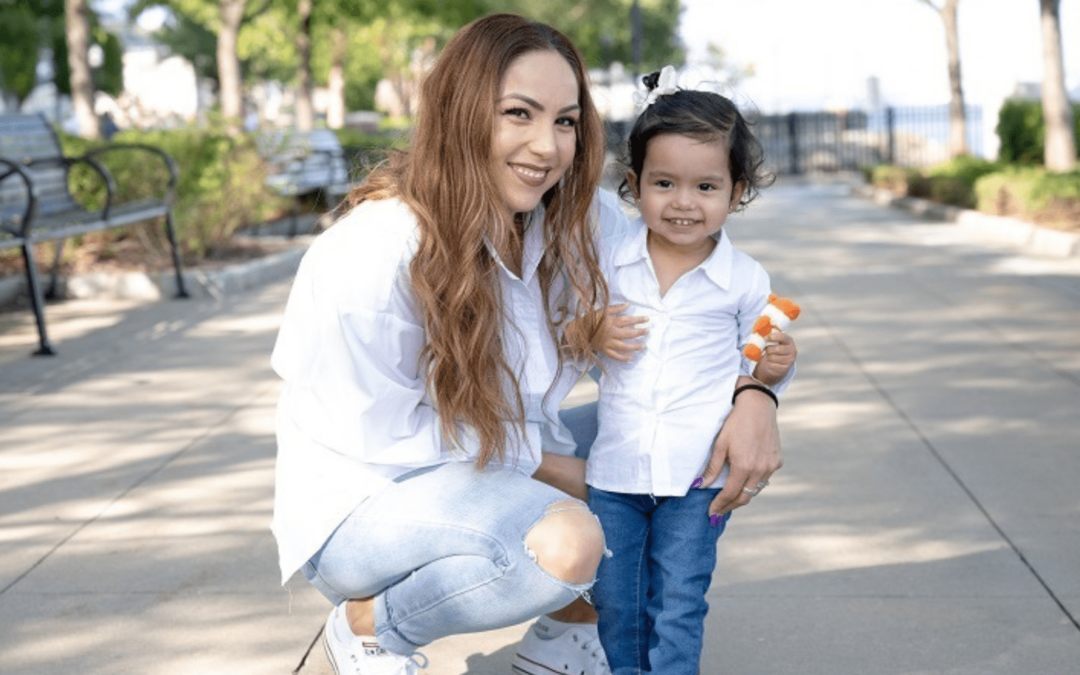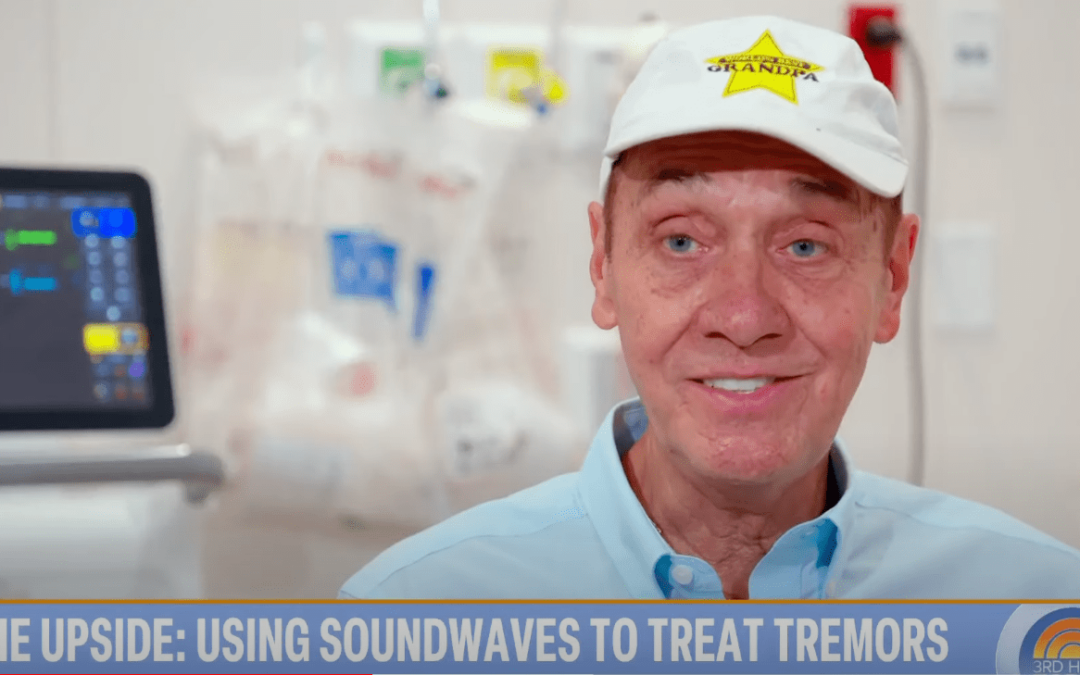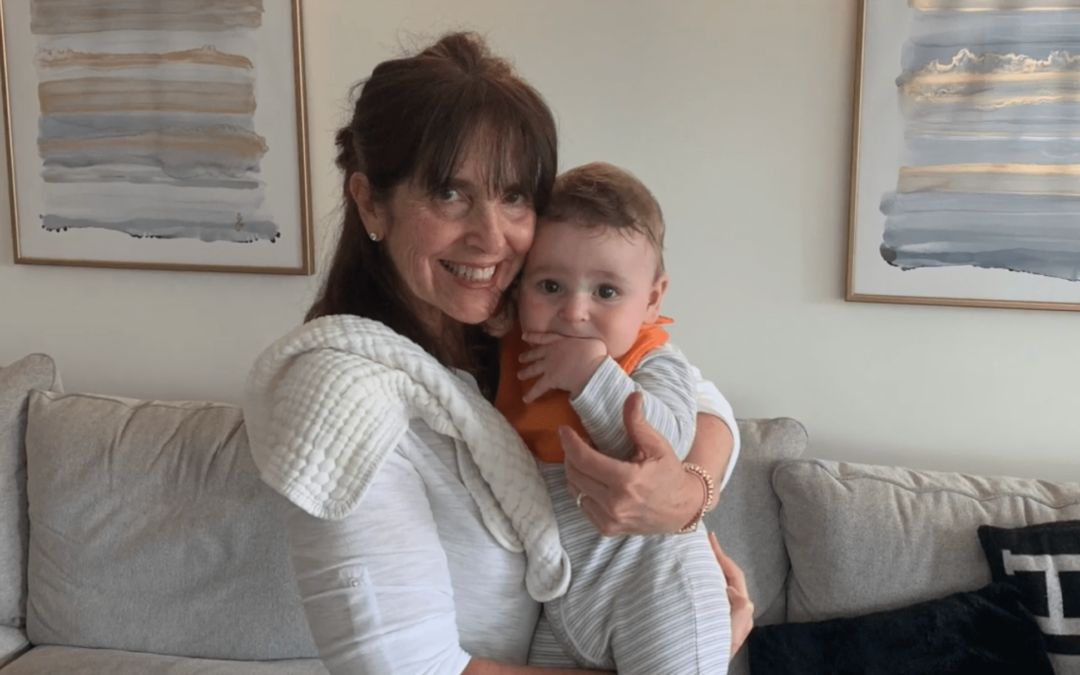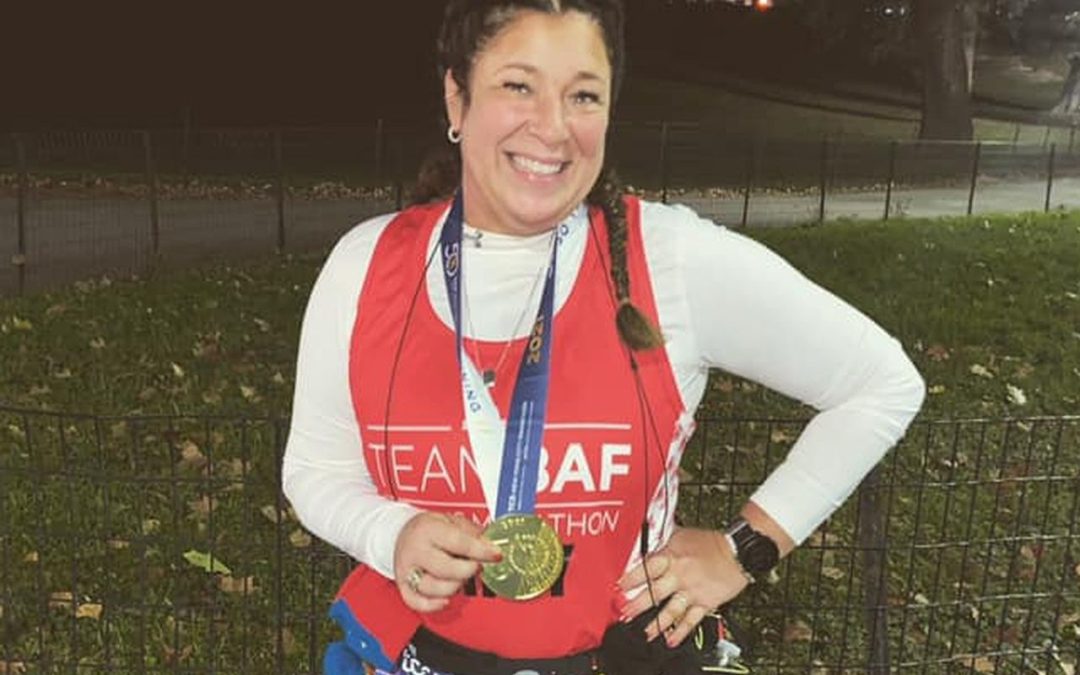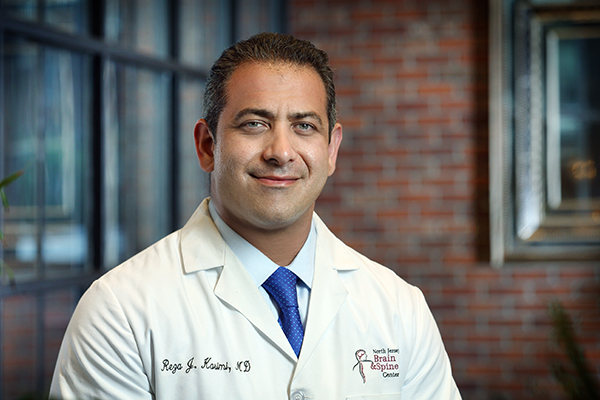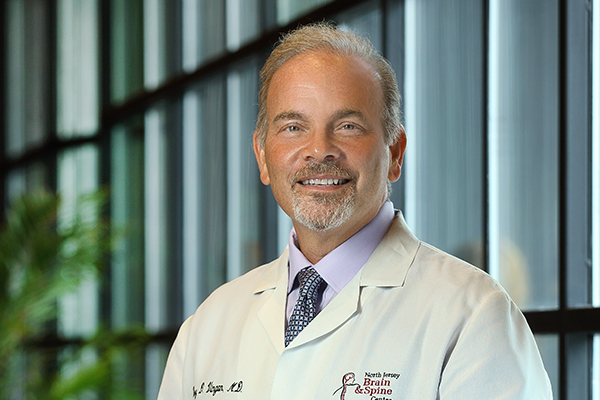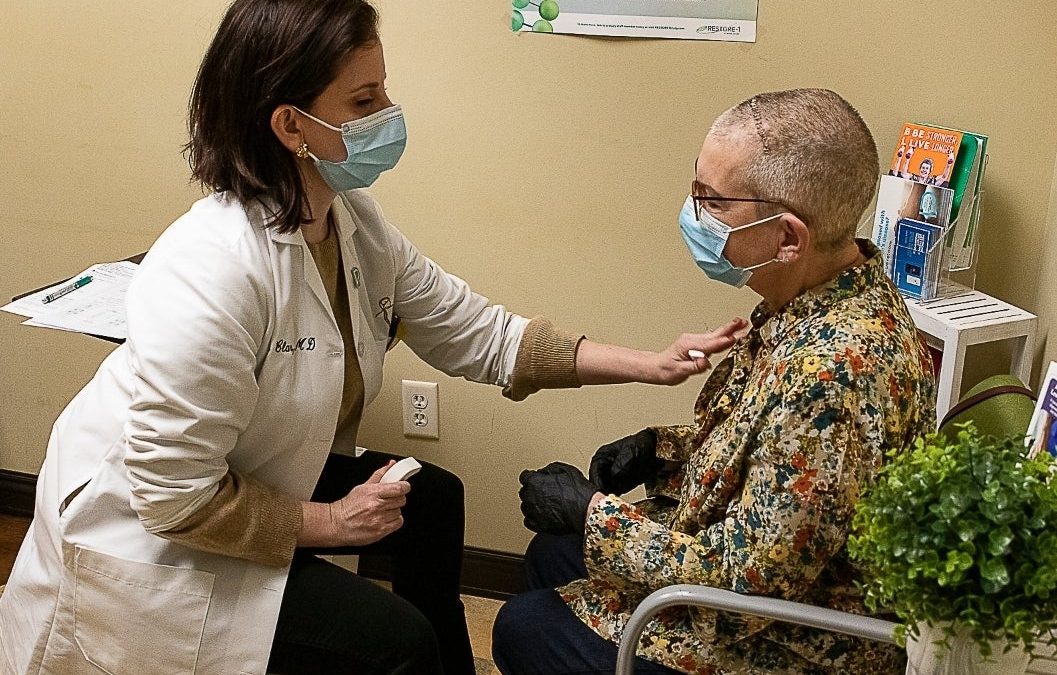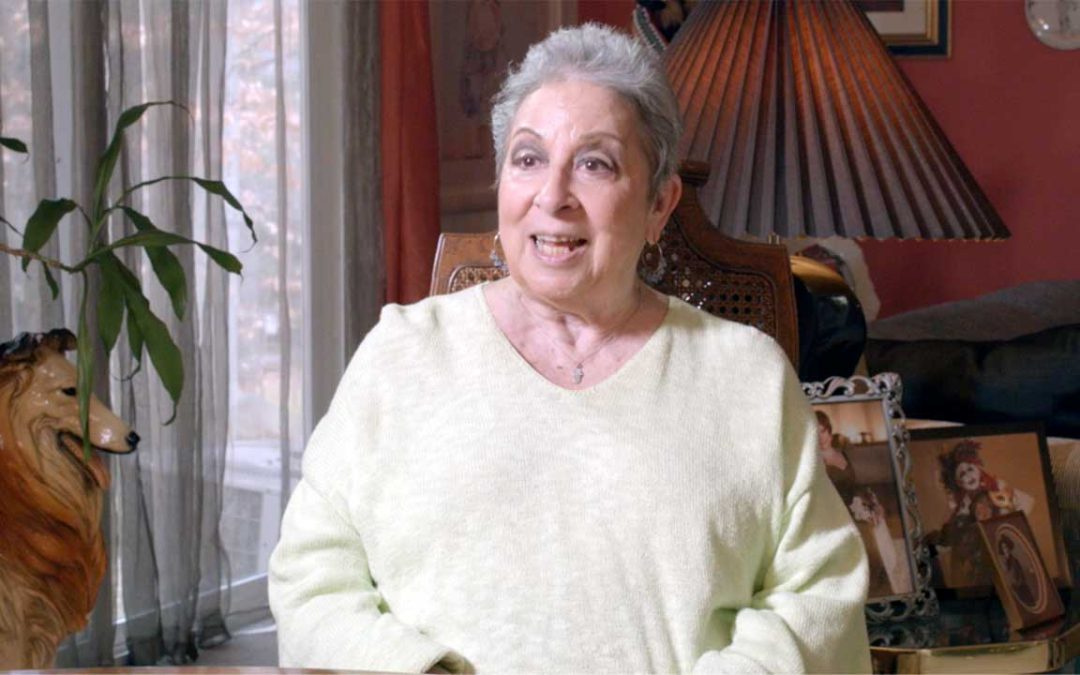Review some of the most commonly asked questions about Anterior Cervical Discectomy and Fusion (ACDF):
What is Anterior Cervical Discectomy and Fusion (ACDF)?
Anterior Cervical Discectomy and Fusion is a surgical treatment for damaged discs in the neck. This procedure involves the removal of the disc with an approach from the front of the neck, and it is usually paired with spinal fusion for stability purposes. For the fusion component of ACDF, the surgeon will typically implant a bone graft that will fuse with the two surrounding vertebrae. The goal of Anterior Cervical Discectomy and Fusion is to reduce severe neck pain caused by herniated discs, spinal stenosis, and degenerative disc disease in the spine.
What are the Benefits of Anterior Discectomy and Fusion?
Many patients with chronic neck pain explore several options before surgery, but ACDF often delivers good results for people with a range of disc and spinal issues.
For example, herniated discs occur when general wear and tear allows a small part of the disc to extend into the spinal or nerve canal. Fragments of the “escaped” disc can therefore cause nerve root or spinal cord compression, leading to pain, numbness, and weakness in your neck, arms, or legs (depending on the location of the herniation).
As opposed to posterior surgery (where the surgeon approaches from the back of the neck as opposed to the front), ACDF incurs less damage to the surrounding muscles and nerves. It’s also associated with faster recovery times.
What are the Risks of Anterior Discectomy and Fusion?
Anterior Discectomy and Fusion is a major surgery, but it is considered a safe procedure for patients who are unable to address their neck pain with physical therapy, medication, or other treatments. As with any surgery, there is the possibility of infection and bleeding, and it’s always important to discuss the risks and benefits with a qualified surgeon before making a decision. Patients should also be prepared for some recovery time where they will be advised to limit physical activities more than usual.
How is Anterior Cervical Discectomy and Fusion Performed?
Anterior Cervical Discectomy and Fusion should be performed by an experienced surgeon. Patients having this procedure go under general anesthesia, so that they will not be awake or able to feel any pain during the surgery.
Your surgeon will make a small incision in the front of your neck—this is what makes the procedure “anterior”—to begin the process. This will become their access point to the part of the spine that they are operating on. The disc removal happens first, and depending on the specifics of your case, your surgeon will also remove any bone spurs. In some cases–most commonly with younger patients–the surgeon will replace the damaged disc with an artificial disc. This replacement process is an arthroplasty.
For the fusion part of the procedure, your surgeon may use one of several different techniques depending on your specific case. Sometimes the surgeon will use a piece of the patient’s own bone, usually from their pelvis, to help fuse the two vertebrae together. Other times, the surgeon will use a cadaveric bone. In some cases, they may also install a titanium plate (and/or screws and rods) to increase stability. The benefit of the plates and screws is that they prevent the bone graft from moving, since fusion is most successful when motion is minimized. Considering that it’s hard to keep your own neck perfectly still, these metal implants can be very useful.
Recovery after Anterior Cervical Discectomy and Fusion
Your Anterior Cervical Discectomy and Fusion recovery process will likely vary depending on your specific situation. For instance, if you are getting a replacement disc as part of your surgery, you may be able to begin activities sooner than other ACDF patients.
Generally, you will be able to leave the hospital the day after your ACDF procedure, and your doctor will prescribe medication for pain management. (However, it’s important to note that many patients Your doctor will likely tell you to gradually increase your activity levels based on comfort, avoiding strenuous exercise for at least several weeks, most likely after your follow-up appointment. Your doctor may also advise you to wear a neck collar for a few weeks after the procedure to increase stability and support the fusion process.
Often, patients can return to their normal lives about a month after surgery. The 4-6 week mark is usually when you will see your surgeon for a follow-up visit, at which point they will be able to assess how well your bones are healing via an X-ray.
Physical therapy can be a good option to support long-term mobility. In most cases, it makes sense to wait to start physical therapy until after the fusion has had time to heal.
